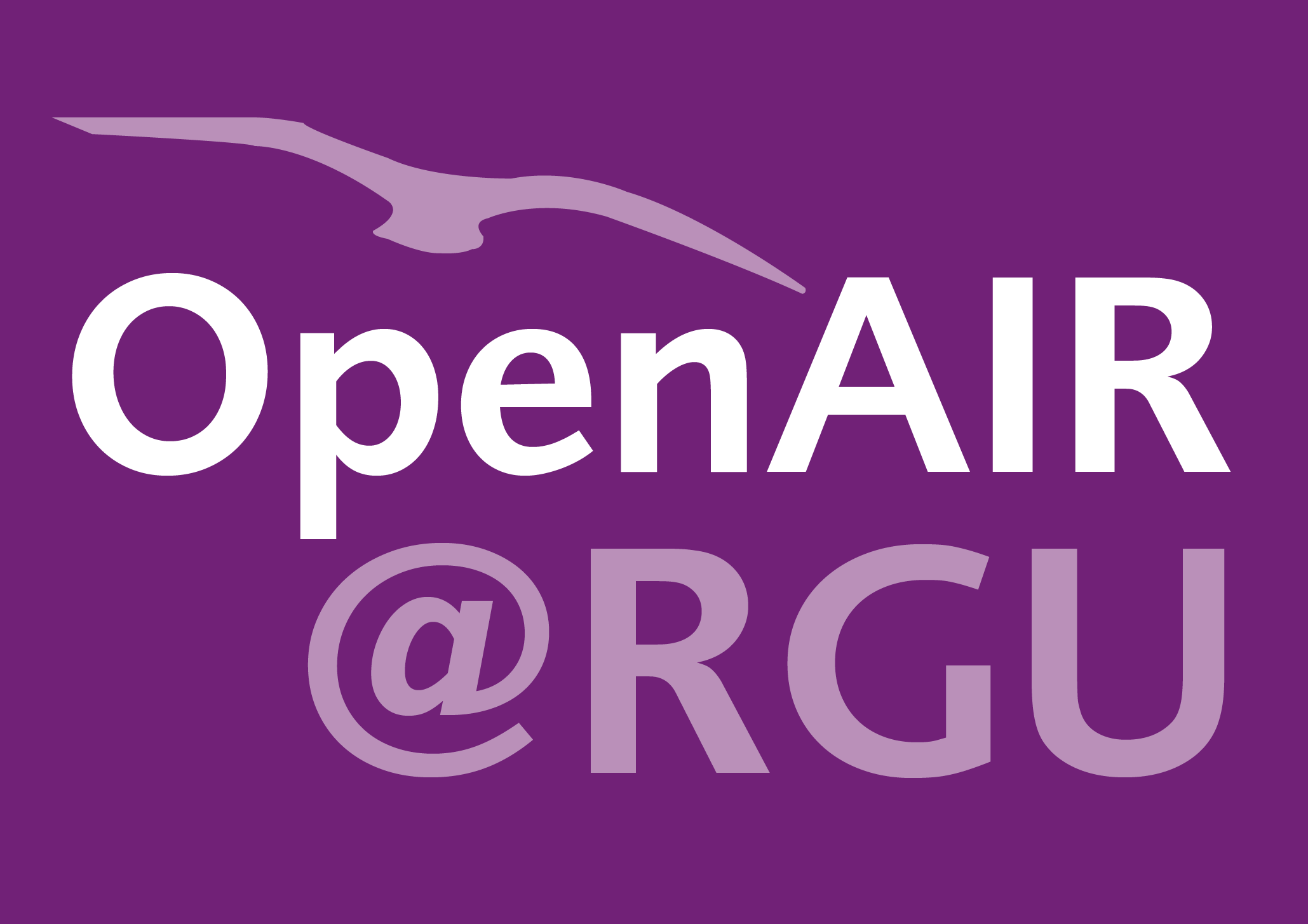Andrew D. Turner
A feasibility study into the production of a mussel matrix reference material for the cyanobacterial toxins microcystins and nodularins.
Turner, Andrew D.; Beach, Daniel G.; Foss, Amanda; Samdal, Ingunn A.; Løvberg, Kjersti L.E.; Waack, Julia; Edwards, Christine; Lawton, Linda A.; Dean, Karl J.; Maskrey, Benjamin H.; Lewis, Adam M.
Authors
Daniel G. Beach
Amanda Foss
Ingunn A. Samdal
Kjersti L.E. Løvberg
Julia Waack
Professor Christine Edwards c.edwards@rgu.ac.uk
Professor
Professor Linda Lawton l.lawton@rgu.ac.uk
Professor
Karl J. Dean
Benjamin H. Maskrey
Adam M. Lewis
Abstract
Microcystins and nodularins, produced naturally by certain species of cyanobacteria, have been found to accumulate in aquatic foodstuffs such as fish and shellfish, resulting in a risk to the health of the seafood consumer. Monitoring of toxins in such organisms for risk management purposes requires the availability of certified matrix reference materials to aid method development, validation and routine quality assurance. This study consequently targeted the preparation of a mussel tissue reference material incurred with a range of microcystin analogues and nodularins. Nine targeted analogues were incorporated into the material as confirmed through liquid chromatography with tandem mass spectrometry (LC-MS/MS), with an additional 15 analogues detected using LC coupled to non-targeted high resolution mass spectrometry (LC-HRMS). Toxins in the reference material and additional source tissues were quantified using LC-MS/MS, two different enzyme-linked immunosorbent assay (ELISA) methods and with an oxidative-cleavage method quantifying 3-methoxy-2-methyl-4-phenylbutyric acid (MMPB). Correlations between the concentrations quantified using the different methods were variable, likely relating to differences in assay cross-reactivities and differences in the abilities of each method to detect bound toxins. A consensus concentration of total soluble toxins determined from the four independent test methods was 2425 ± 575 µg/kg wet weight. A mean 43 ± 9% of bound toxins were present in addition to the freely extractable soluble form (57 ± 9%). The reference material produced was homogenous and stable when stored in the freezer for six months without any post-production stabilization applied. Consequently, a cyanotoxin shellfish reference material has been produced which demonstrates the feasibility of developing certified seafood matrix reference materials for a large range of cyanotoxins and could provide a valuable future resource for cyanotoxin risk monitoring, management and mitigation.
Citation
TURNER, A.D., BEACH, D.G., FOSS, A., SAMDAL, I.A., LØVBERG, K.L.E., WAACK, J., EDWARDS, C., LAWTON, L.A., DEAN, K.J., MASKREY, B.H. and LEWIS, A.M. 2023. A feasibility study into the production of a mussel matrix reference material for the cyanobacterial toxins microcystins and nodularins. Toxins [online], 15(1), article 27. Available from: https://doi.org/10.3390/toxins15010027
| Journal Article Type | Article |
|---|---|
| Acceptance Date | Dec 23, 2022 |
| Online Publication Date | Dec 30, 2022 |
| Publication Date | Jan 1, 2023 |
| Deposit Date | Jan 13, 2023 |
| Publicly Available Date | Jan 13, 2023 |
| Journal | Toxins |
| Electronic ISSN | 2072-6651 |
| Publisher | MDPI |
| Peer Reviewed | Peer Reviewed |
| Volume | 15 |
| Issue | 1 |
| Article Number | 27 |
| DOI | https://doi.org/10.3390/toxins15010027 |
| Keywords | Microcystins; Nodularins; Mussels; Reference materials; LC-MS/MS; LC-HRMS; Shellfish; Quality control |
| Public URL | https://rgu-repository.worktribe.com/output/1851163 |
Files
TURNER 2023 A feasibility study (VOR)
(2.5 Mb)
PDF
Publisher Licence URL
https://creativecommons.org/licenses/by/4.0/
Copyright Statement
© 2022 by the authors. Licensee MDPI, Basel, Switzerland. This article is an open access article distributed under the terms and conditions of the Creative Commons Attribution (CC BY) license (https://creativecommons.org/licenses/by/4.0/).
You might also like
Rapid uptake and slow depuration: health risks following cyanotoxin accumulation in mussels?
(2020)
Journal Article
